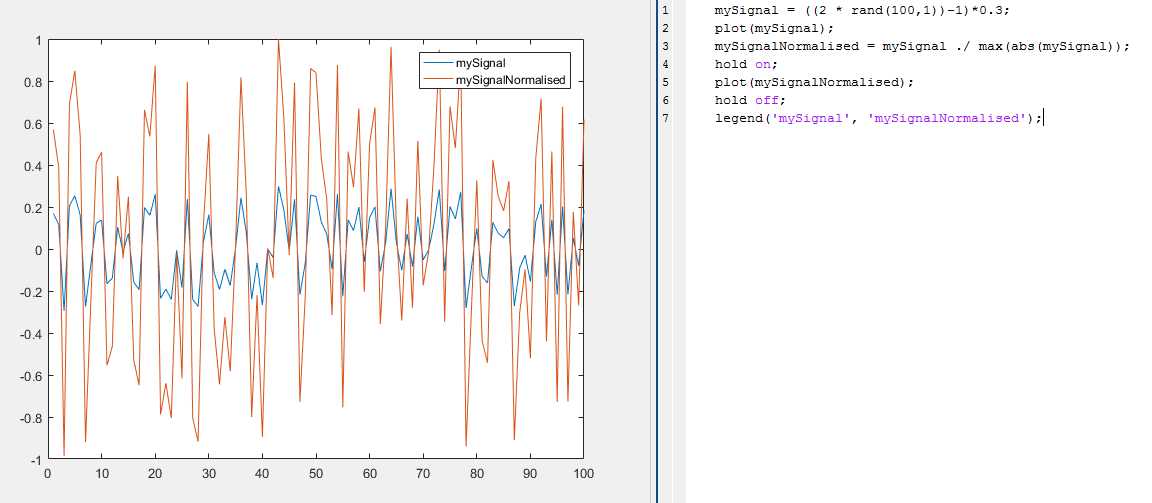I am working on getting room impulse response(RIR) and the first order reflections of a room. For now I am stuck at getting proper RIR. I followed Joseph's work and implemented on my own.
My setup uses:
- microphone - mic in webcam (Logitech C920 HD Pro)
- speaker - usb powered speaker connected to 3.5mm laptop audio port (havit brand with squarish shape)
- room - almost empty room. dimension about 6.3 x 4.8 m or 250" x 190"
- audacity - edit audio obtained
- matlab - plotting of the graphs and doing other stuffs
The image below contains four graphs;
- First is the recorded sound by Joseph
- Second is the impulse response of a room used by Joseph
- Third is the recorded sound by me
- Fourth is the impulse response I've gotten.
The impulse in second graph is quite visible as compared to the fourth graph. Here is my question.
- Why is the impulse in fourth graph (the one I did) not very visible?
- What causes this to happen?
I suspect it is caused by equipment and room as that is the only difference i can think of.
I wish to listen what you guys would say about this. Feedbacks, guidance and improvements will be very much appreciated.
Thanks


